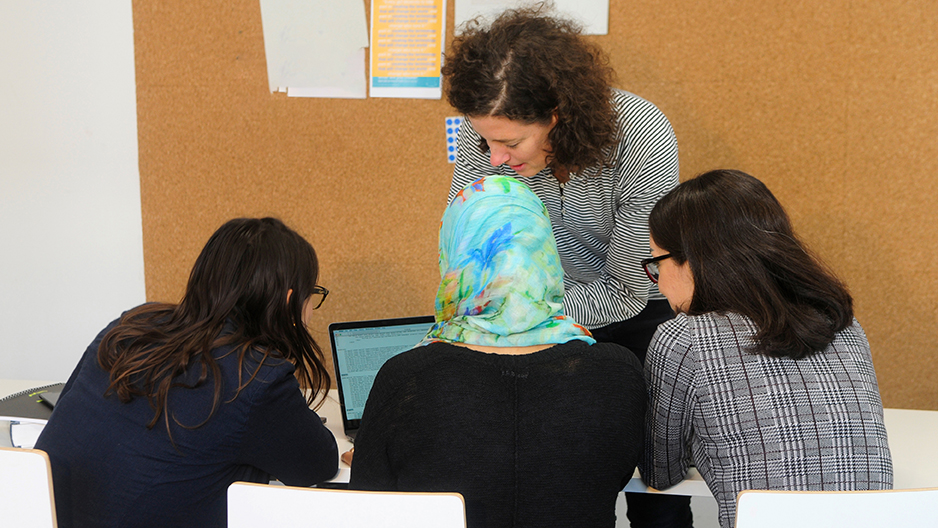Government’s analysis, assessment and research activities
Study: Complementary migration pathways are a way to combine humanitarian and skills-based immigration

A research project commissioned by the Government investigated the types of complementary migration pathways available for people in need of international protection. The main focus of the study was on labour-based and study-based complementary pathways. The number of complementary pathway programmes is growing rapidly, and they have the potential to respond to the needs of both people in need of protection and the receiving societies.
Complementary pathways provide people in need of international protection with a safe and lawful route to a country that can meet their international protection needs. The routes are referred to as complementary because they are not substitutes for the refugee resettlement systems of different countries but are rather in addition to them.
Examples of labour-based and study-based complementary pathways include recruitment channels and scholarship programmes created for people in need of protection, through which they can arrive in the receiving country as workers and students, rather than as asylum seekers or through refugee resettlement.
The study’s international comparison revealed that complementary pathways based on work or studies have not been clearly established globally; for the time being, there are a variety of different programmes in place, many of which are still in the pilot phase.
Complementary pathways are a rapidly growing phenomenon
As a rule, work-based and study-based complementary pathway programmes use ordinary visas and residence permits granted for work or study. However, they take into account the special situation of experts in need of international protection, such as difficulties in obtaining all of the documents normally required, by providing support at different stages of the application process, granting exemptions to certain criteria for entry, and waiving fees.
The study found that the labour market, higher education institutions and NGOs play a key role in the current pathway process. So far, there are more study-based programmes in place than work-based ones.
While the number of complementary pathway programmes is growing rapidly, their capacity is still rather modest. That said, the programmes have great potential to meet both the needs of people in need of protection and those of the receiving societies. Complementary pathway programmes cannot replace resettlement, however, as they do not target the most vulnerable refugees.
Study helps in assessing opportunities complementary pathways can offer
In recent years, the UN Refugee Agency UNHCR has stressed the importance of developing complementary pathways in order to respond to the refugee situation. Interest in developing complementary pathways is also intensified by ageing populations and the growing need for labour in many developed countries. The information gathered in the study helps us understand the nature of complementary pathways and their role in migration policy.
Representatives from international expert organisations and experts working with individual work-based or study-based programmes in different countries were interviewed for the study. The researchers also organised an expert panel and webinar on complementary pathways and participated in international online events on the topic.
The research team consisted of experts from the Rehabilitation Foundation, Oxford Research AB and the Migration Institute of Finland, along with an independent consultant, Dr Joanne van Selm, who specialises in migration and refugee issues.
The study was conducted as part of the implementation of the 2021 Government Plan for Analysis, Assessment and Research. The research report was drawn up in English so that other countries can also make use of the information produced.
Inquiries:
Sirkku Varjonen, Senior Researcher, the Rehabilitation Foundation, tel. +358 44 781 3141, [email protected]
The Government’s joint analysis, assessment and research activities (VN TEAS) produce data used to support decision-making, everyday operations and knowledge-based management. They are guided by the Government’s annual plan for analysis, assessment and research. The content of the reports published in the publication series of the Government’s analysis, assessment and research activities is the responsibility of the producers of the data in question and does not necessarily represent the view of the Government.
Policy brief (in Finnish): Complementary pathways are a new way to combine refugee policy and competence-based immigration policy
Description of the research project (in Finnish)
